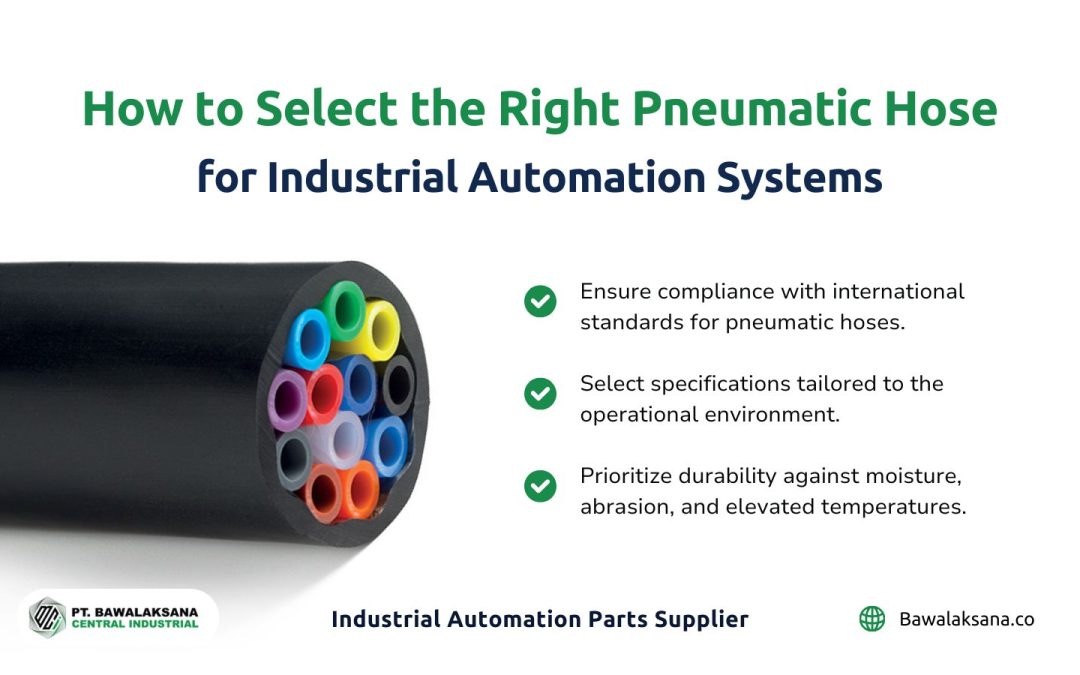The manufacturing industry is an important sector in Indonesia’s economic development. The sector has contributed over 16% to the country’s GDP by 2023. Its role is inseparable from the production process of physical goods through various structured stages involving machinery, labor, and raw materials.
The types of manufacturing industries are very diverse, covering sub-sectors such as food and beverages, textiles, and transportation equipment. Each sector has its own method of continuous product development.
In this article, the Bawalaksana.id team will discuss the types of manufacturing, some examples and also what challenges exist in this sector.
What is a Manufacturing Company and its Business Purpose?
Manufacturing companies are companies that process raw materials into semi-finished or ready-to-use goods, such as companies that produce cement, paper, plastics, porcelain, glass, wood, food, automotive, gadgets and chemicals.
The main purpose of a manufacturing company’s business is to sell raw materials or semi-finished products, so that they can be processed or sold to meet market needs.
Manufacturers will profit their business through economies of scale, by producing goods in large quantities and selling them at competitive prices.
Definition and Role of the Manufacturing Industry
The manufacturing industry plays an important role in the Indonesian economy with significant contribution to the national Gross Domestic Product (GDP).. Here are some important aspects of the manufacturing industry:
Definition and Process
- The manufacturing industry is an industry that can transform raw materials into finished goods through physical, chemical, or mechanical methods.
- This process involves the use of machinery, sophisticated equipment, and a large workforce. It also requires a large investment and a long time to make a profit.
Economic Contribution
- This sector contributed around 16.30% in Q2 of 2023 to Indonesia’s GDP.
- The manufacturing industry also affects other sectors such as trade, transportation, and tourism, and contributes to the country’s foreign exchange reserves.
Production Types and Management
- There are various types of manufacturing such as food and beverage, chemical, textile, automotive, and electronics.
- Production management involves the use of structured SOPs and requires good cooperation with suppliers to ensure efficiency and reduce negative environmental impacts.
The manufacturing industry continues to grow and plays a crucial role in economic progress. The sector requires careful management to maximize productivity and sustainability. (Read: 7 Vital Systems to Make Manufacturing Processes More Effective)
Types of Manufacturing Industry
The manufacturing industry in Indonesia is very diverse, covering a wide range of sectors that play an important role in the national economy:
Basic Industry and Chemicals Sector:
- This includes the production of chemicals such as plastics, paints, fertilizers, and agricultural chemicals.
- Company example: PT Indocement Tunggal Prakarsa Tbk, which requires raw materials from mines.
Textile and Apparel Sector:
- Manufactures textiles, apparel, and fashion accessories.
- Leading companies such as PT Sri Rejeki Isman Tbk and PT Asia Pacific Fibers Tbk.
Automotive and Electronics Sectors:
- The Automotive Industry includes the production of vehicles and automotive components.
- The Electronics industry focuses on devices such as computers and cell phones.
- Examples of companies in this sector are PT LG Electronics Indonesia and PT Samsung Electronics Indonesia.
Food and Beverage Sector:
- Processing raw materials into consumer products.
- Experienced significant growth due to high consumer demand.
Pharmaceutical Sector:
- Producing medicines for humans and animals.
Metal and Machinery Sector:
- Manufacture industrial machinery and equipment.
- Each of these sectors is unique in its production and management processes, and contributes to economic diversification and technological innovation in Indonesia.
Please note that each manufacturer has different methods of production, according to customer demand.
There are several production methods and scales commonly adopted by manufacturing companies in response to market demand, including:
- Discrete Manufacturing
- Process Manufacturing
- Mixed Mode Manufacturing
- Job Shop Manufacturing
- Repetitive Manufacturing
We have discussed in detail the production methods and scales used by manufacturers in our article titled Types of Manufacturing Companies and Production Methods Used.

Challenges and Opportunities in the Age of Digitalization
In facing the digitalization era, the manufacturing industry, especially in Indonesia, is experiencing various challenges and opportunities. This can be elaborated on in the following points:
Challenge
- Technical Labor Shortage: There is an estimated shortage of 9 million workers in Information and Communication Technology (ICT) to support the growth in this sector through digital transformation.
- Cybersecurity and Skilled Workforce: The adoption of Industry 4.0 brings concerns about cybersecurity and the need for a skilled workforce.
- Social and Environmental Impacts: Industry 4.0 has the potential to reduce waste and energy consumption, but it also has the potential to generate hazardous e-waste and deplete non-renewable resources.
Opportunities
- Job Increase: Digitalization in the manufacturing industry is expected to create 27 million new jobs in Indonesia by 2030.
- Technology Transformation: Use of robotics, 3D printing, IoT, AI and ML, Big Data, VR and AR, HPC, Digital Twin, cloud platforms, and hybrid cloud to improve production efficiency, product innovation, quality, adaptability, and safety.
- Smart Factories: The implementation of Smart Factories demands investments in technology infrastructure, workforce training, and efforts to address challenges wisely to prepare for the future.
The Indonesian government supports digital transformation through initiatives such as Indonesia 4.0, which aims to strengthen the position of the manufacturing industry in the global arena.
To realize this goal, Indonesia has embarked on what is called the Making Indonesia 4.0 roadmap.
That way, the sector is ready for the 4.0 industrial revolution era and continues to contribute to the country’s economic growth, investment and exports.
The Role of HR in Supporting the Manufacturing Industry
In supporting the success of the manufacturing industry, the role of Human Resources (HR) cannot be ignored. Here are some important aspects of HR Management in the manufacturing industry:
Recruitment and Selection
Effective recruitment and selection practices are critical to identifying the right candidate for the job, which in turn affects employee performance.
Training and Development
Training and development programs help employees acquire new skills and knowledge, which can improve their performance and contribute to the success of the organization.
Compensation and Benefits
Compensation practices, including pay and benefits, can motivate employees and increase their job satisfaction, leading to improved performance.
Performance Assessment
Performance appraisals are a critical tool for evaluating employee performance, identifying areas for improvement, and providing feedback to employees.
Promotion
Promotion practices can also influence employee performance, as they provide opportunities for career growth and development.
Vocational Education and Training
Reported by Media Indonesia (01/5/2023), that to improve the quality of prospective industrial workers, the Ministry of Industry through BPSDMI provides vocational education and training. That is through 11 polytechnics, 2 community academies, and 9 vocational schools that actively collaborate with various industrial sectors.
Furthermore, with competency-based HR Management, this also has an impact on the ownership of human resources that are more capable of dealing with changes and shifts in globalization.
Good Production Management for Sustainability
As we have informed in this article, the manufacturing industry has an important role as the backbone of the Indonesian economy. That is, its contribution is the largest compared to other sectors.
With a wide range of sub-sectors in the industry, from food and beverages to technology, the manufacturing industry is showing its strength in innovation and adaptation to the evolving digitalization era.
Improvements in production management and efficiency can ensure the sustainability of the sector in the future. This affirms its important role in the national and global economy.
While maintaining this positive momentum, it is important for stakeholders to continue to drive innovation and adaptation to technological change.
If you’re interested in digging deeper into the different types of manufacturing companies and how they respond to customer demand, check out our article on Types of Manufacturing Companies and Their Characteristics.
With the joint efforts of industry, government and the academic community, we can further strengthen the foundation of Indonesia’s manufacturing industry. Furthermore, we can lead to more inclusive and sustainable economic growth.

Romanta Pinrih Linuwih
Pneumatic Automation Systems Expert
This article was written in collaboration with Romanta Pinrih Linuwih, an expert in Pneumatic Automation Systems, to ensure accuracy and high quality insights.
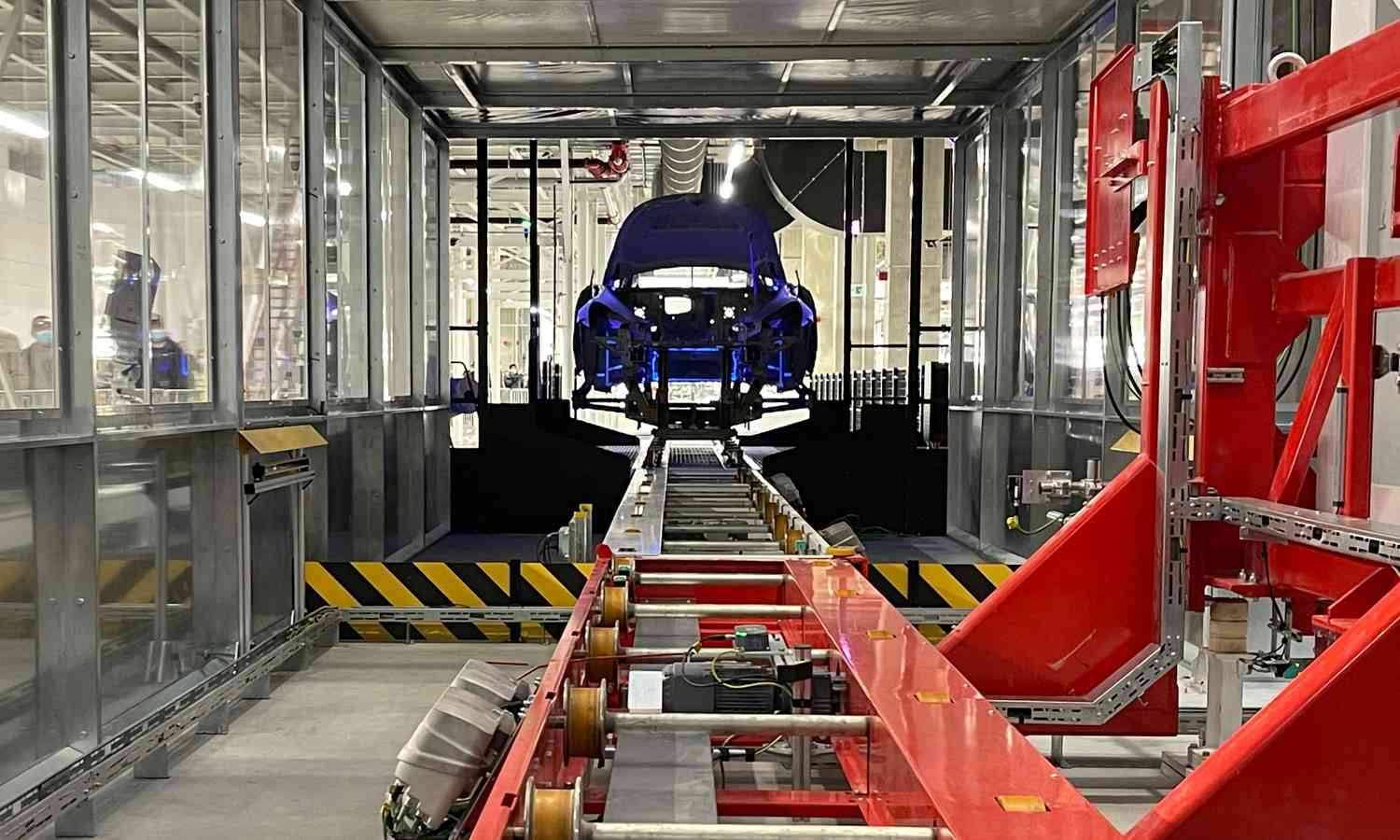
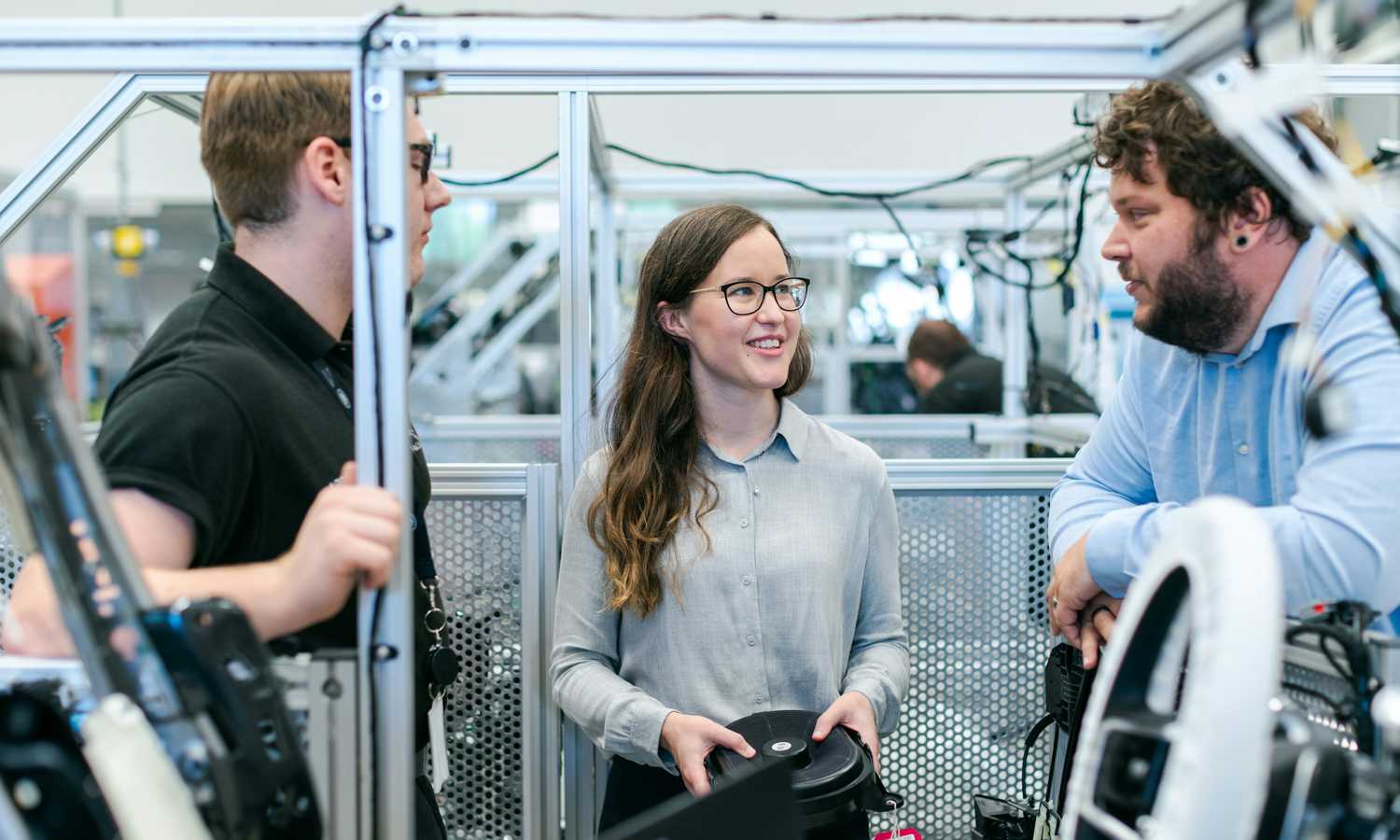
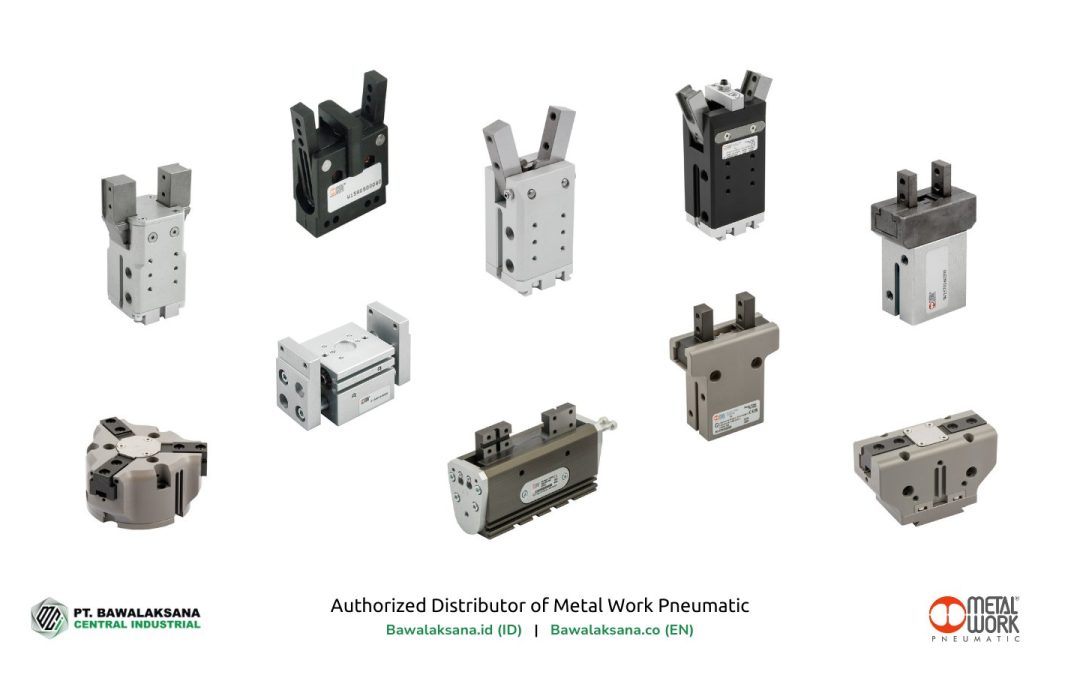

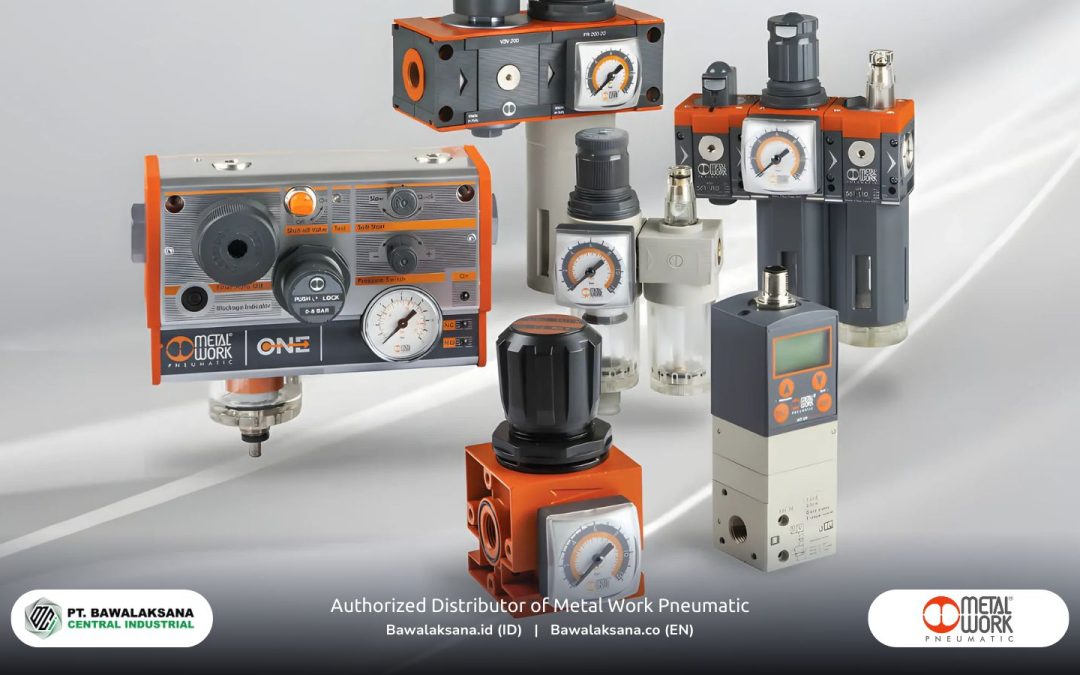
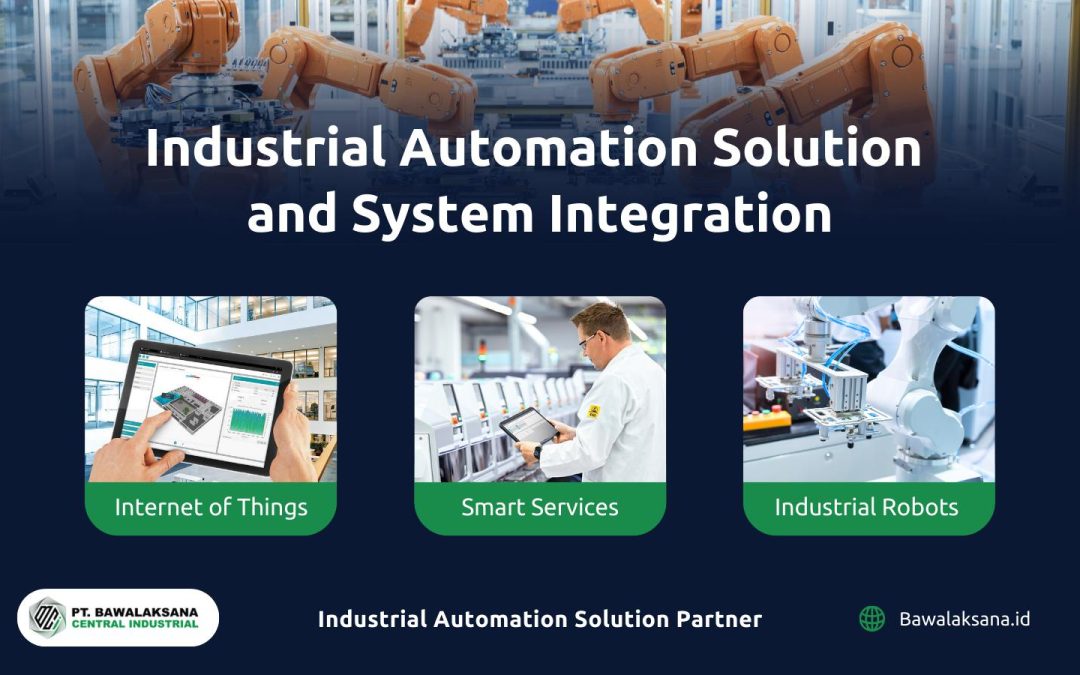

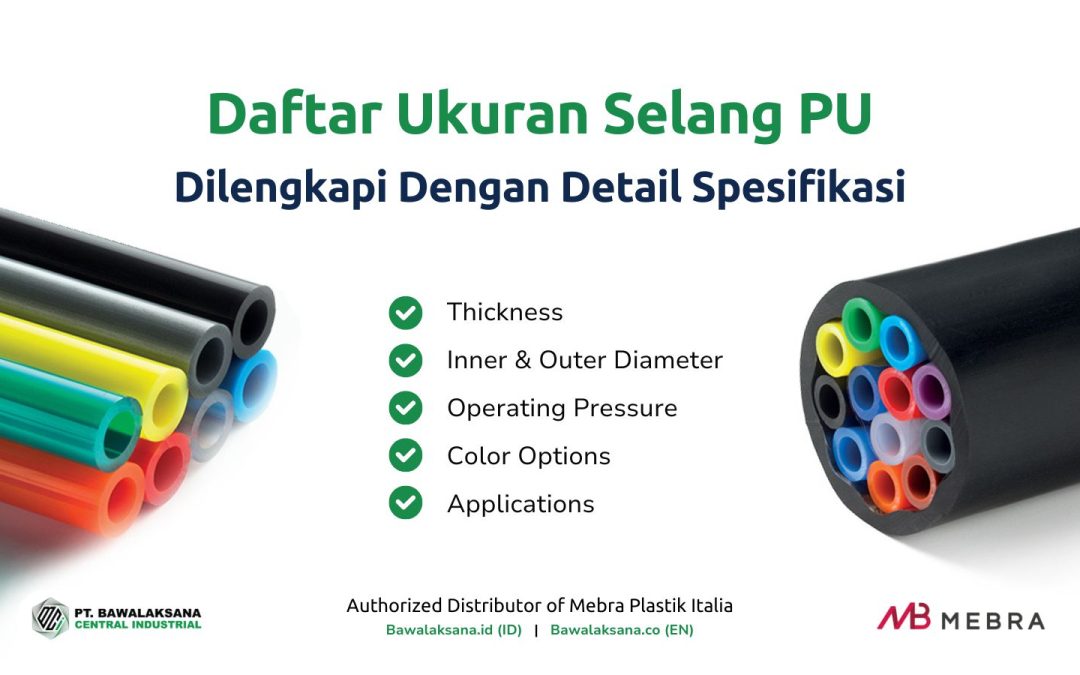
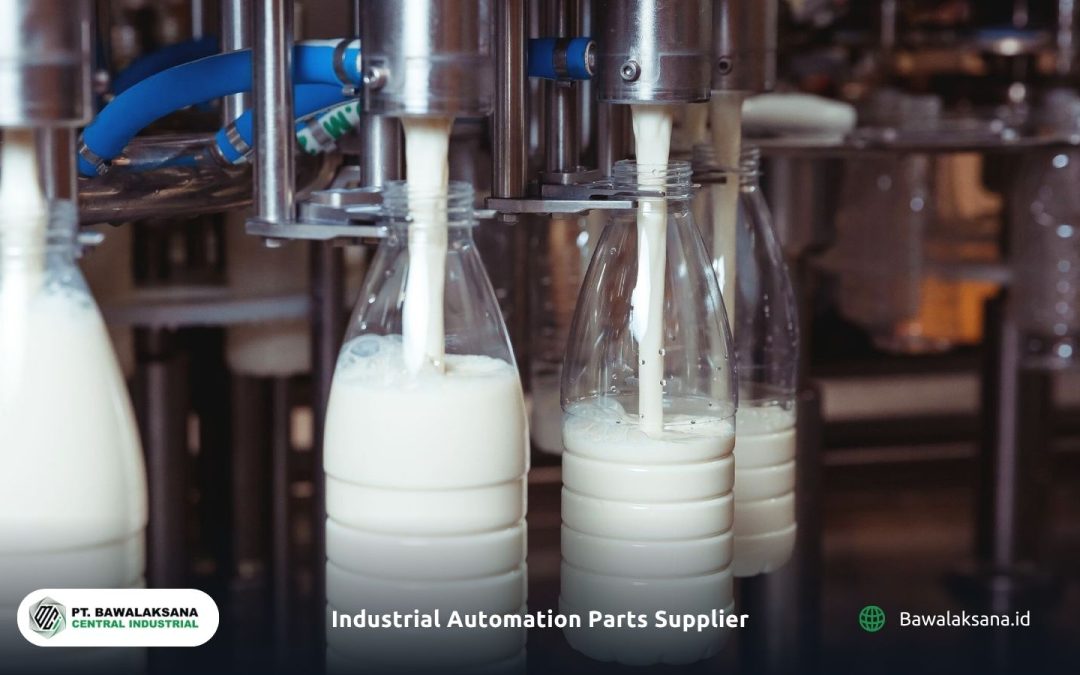
![10+ Examples of Pneumatic Tools in Daily Life and Industry [2025]](https://bawalaksana.co/wp-content/uploads/2025/05/Sandblasting-large-diameter-pipes-to-remove-surface-contaminants-1080x675.jpg)
